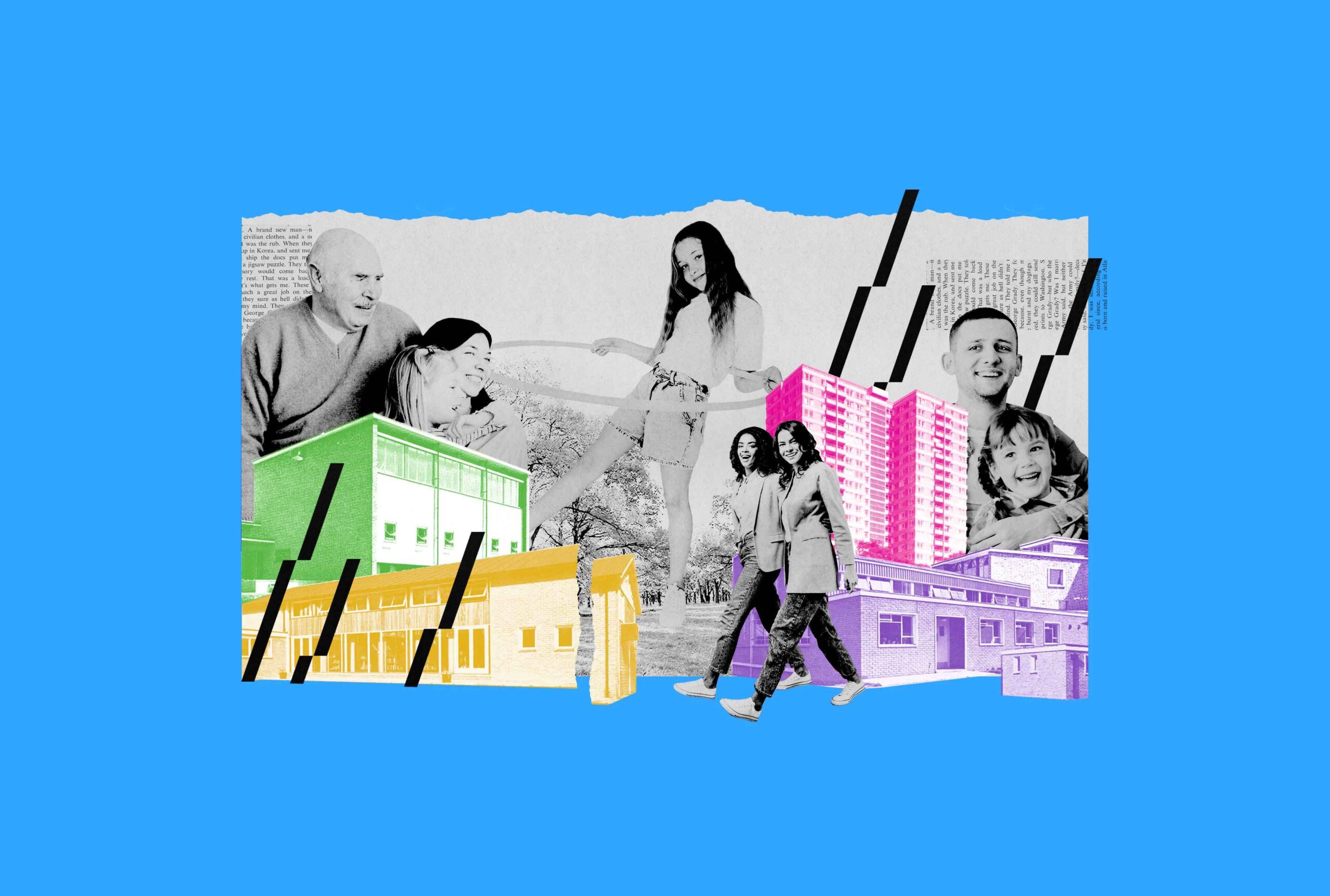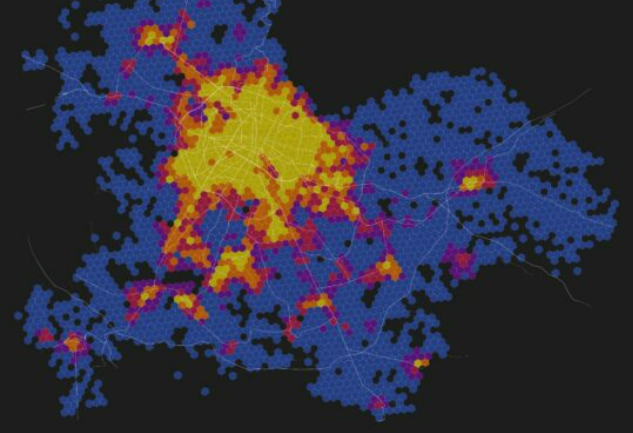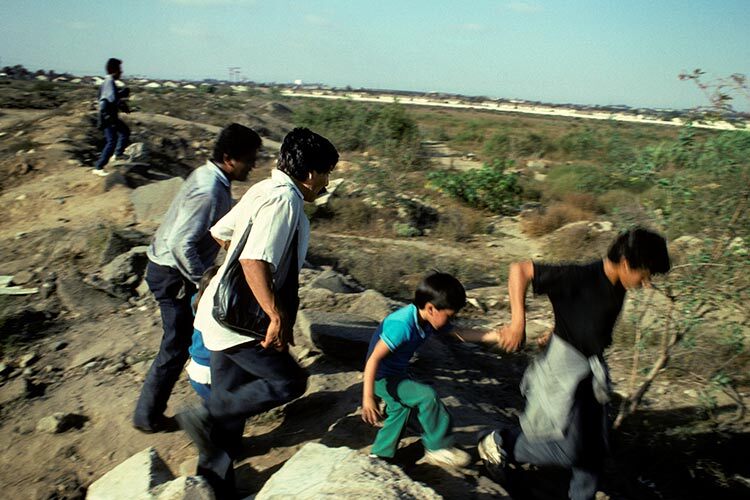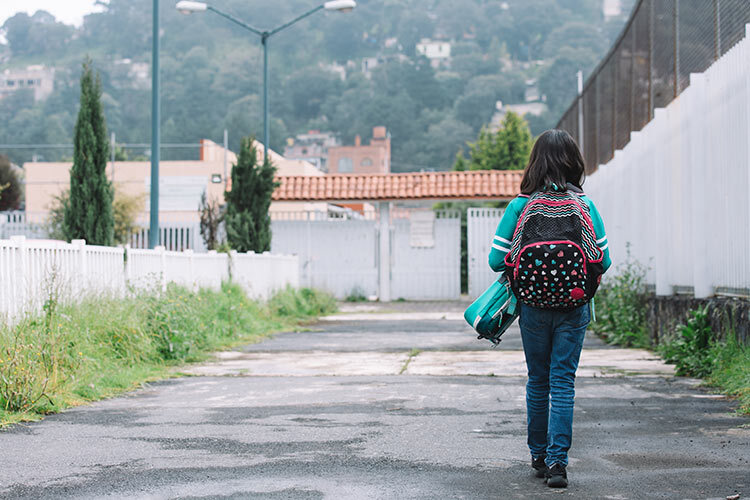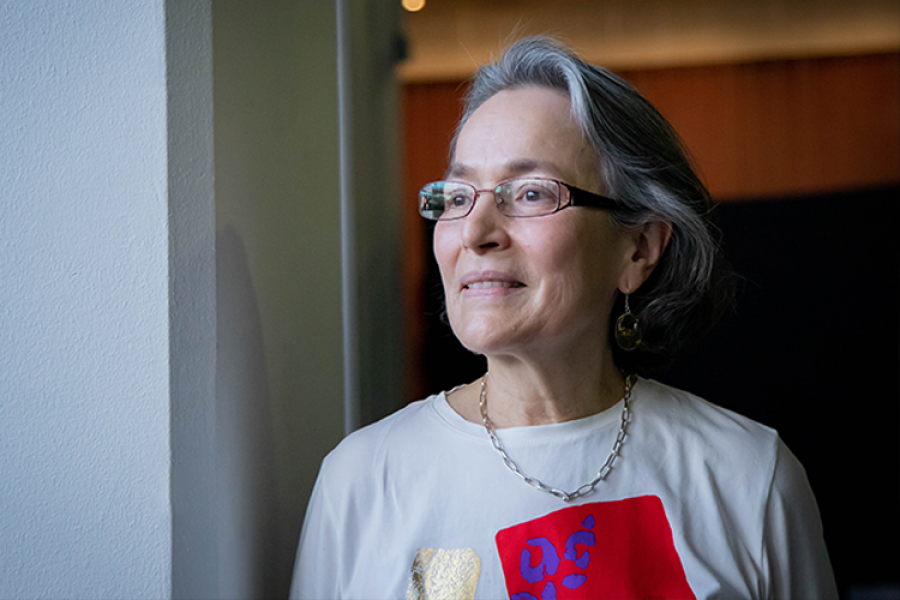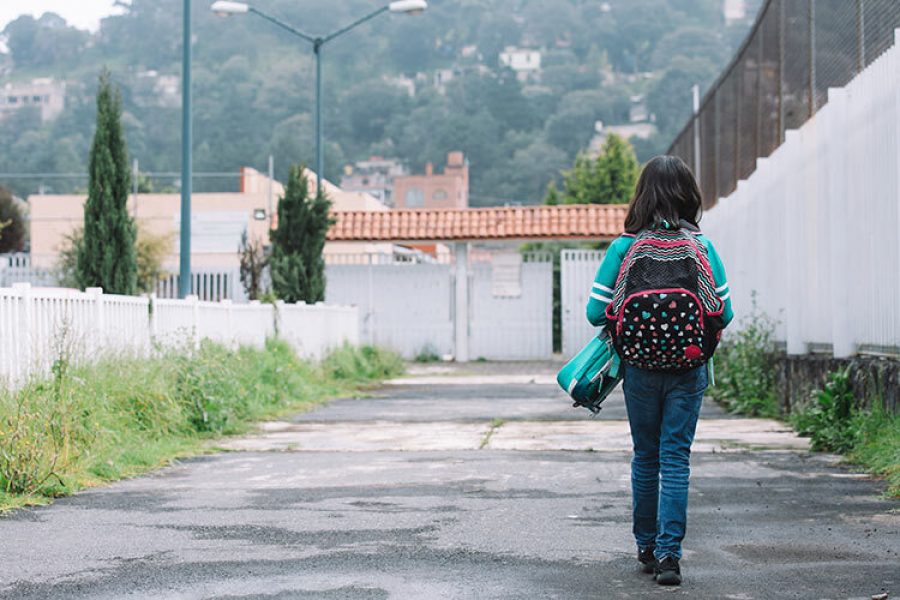70,000 years ago, cohousing already existed. The Israeli historian Yuval Harari points out that, with the cognitive revolution, humans were organized into groups and shared activities such as hunting, gathering, and even caring for children and the elderly.
Collective housing was born to face crises. Nowadays, the restrictions and isolation due to Covid-19 made it, once again, a successful exercise increasing its popularity worldwide.
In an interview with TecScience, Emanuel Giorgi, research director of the School of Architecture, Art, and Design, and Aleksandra Krstikj, research professor of the architecture department explain this phenomenon, its popularity, benefits, and limitations.
Giorgi and Krstikj collaborated in an investigation about cohousing and how it can help grow communities. Also, Emanuele is the author of the book The Cohousing Phenomenon where he reviews successful cohousing cases around the world.
They both have a project that identifies the good practices of collective housing, then, they develop proposals that can be applied in traditional homes to improve their quality of life.
“The pandemic was a driver. Many architects, designers, urban planners, and people from social sciences revisited cohousing as a phenomenon where it is possible to live better in crises because it is seen as a resilient model”, says Aleksandra Krstikj of Tec de Monterrey.
This is not cohousing
Cohousing consists in a community in which residents choose −intentionally− to participate in the design and operation of their living spaces.
In these houses, residents share common areas such as kitchens, living rooms, gardens, and vegetable and fruit patches. The inhabitants can also share tasks such as raising children or caring for the elders.
If this intention to live and share as a community does not exist, it cannot be considered cohousing, as in the case of condominiums, apartment towers, or gated communities with common areas for their inhabitants created without consulting them.
“First, the people who will live incohousingis created, then the physical spaces are created”, explains Emanuele Giorgi.
How does cohousing help face the crisis?
After the restrictions caused by the Covid-19 pandemic, the isolation and lack of interaction, mainly affected children and elders, causing loneliness, depression, and even learning problems.
Once again, architects and urban planners turned to see collective housing as an option to reduce the risk of mental health effects.
One of its strengths is the coexistence that happens in the common areas where people see, talk, and interact with each other, helping in the creation of solid communities.
“They can share many places like green areas, they can set rules and schedules. It is more flexible. It decreases the risk of depression”,explains Krstikj.
Also, during the pandemic, cohousing communities could organize to buy food and supplies and avoid the exposure of vulnerable people to contagion.
Another of its advantages is being able to divide expenses, such as electricity, water, gas, and other services in common areas.
In addition, collaborative homes −usually− are planned with aspects such as sustainability and ecology in mind, so they can have rainwater collectors, intelligent irrigation systems, solar panels, and even urban gardens.
Tec researchers explain that cohousing helps build safer communities by having more eyes on the streets, greater surveillance, and fewer crimes, such as assaults, robberies, and other types of violence. In addition, violence against women can be more visible and reduced when these groups live together and notice these cases.
Local businesses can be strengthened thanks to the communities that recover the streets to create spaces for games, cultural events, and coexistence.
Even home builders find in cohousing an option in which they plan the construction of houses for clients already willing to pay, instead of building first and waiting for them to buy.
Also, the strengthened communities prevent happening of gentrification in areas of high demand.
This can stop home developers or buyers from looking for spaces to increase rents and have higher profits.
“When there is no community, it is easier for the gentrification phenomenon to be generated. When there is a lack of community, companies and even the government can arrive with strong investments and end up alienating people because they lack that sense of belonging that cohousing can strengthen”, says Emanuele Giorgi.
Cohousing is increasing in Mexico
In Mexico, this system is starting to be a housing alternative and a lifestyle. Even though it is still confused with gated communities, traditional housing adopts aspects of cohousing more frequently.
The National Institute of Statistics and Geography (INEGI) reported a growth in collective housing in the last decade since there was an increase from 7,423 in 2010 to 14,321 in 2020.
Other cities, especially in Europe, have also seen an increase in this type of housing, even before the pandemic.
In Denmark, until 2015, there were about 250 communities of cohousing focused on the elderly, according to Max Pedersen, from the Department of Towns, Housing and Property at Aalborg University in Denmark.
Meanwhile in Madrid, Spain, by 2019 around 80 collective housing initiatives had already been registered, according to MOVICOMA, a movement led by Daniel López of the Universitat Oberta of Catalunya.
The sense of belonging and sharing aspects of life can make people more responsible with their communities and cities, transforming cohousing into lessons about how to deal with pandemics and other future crises.
